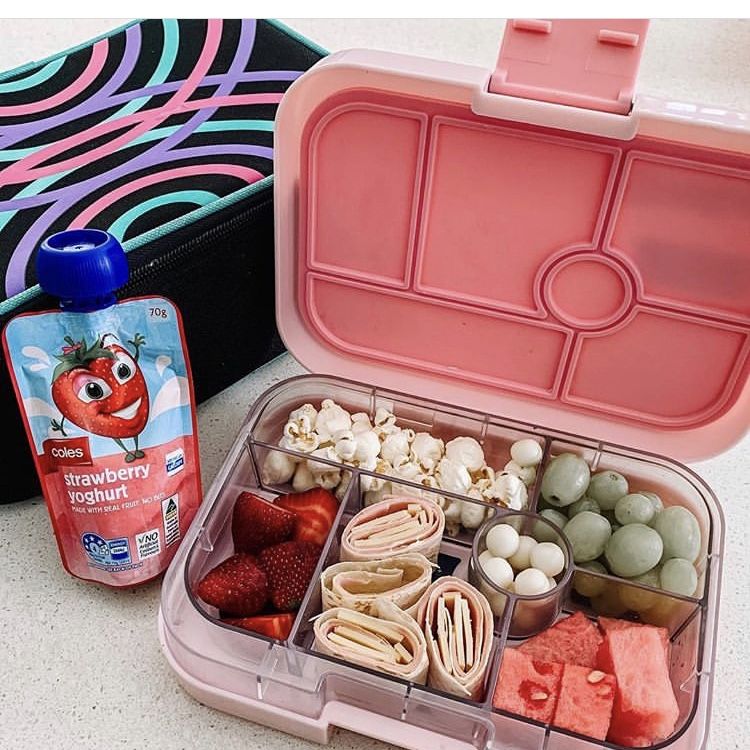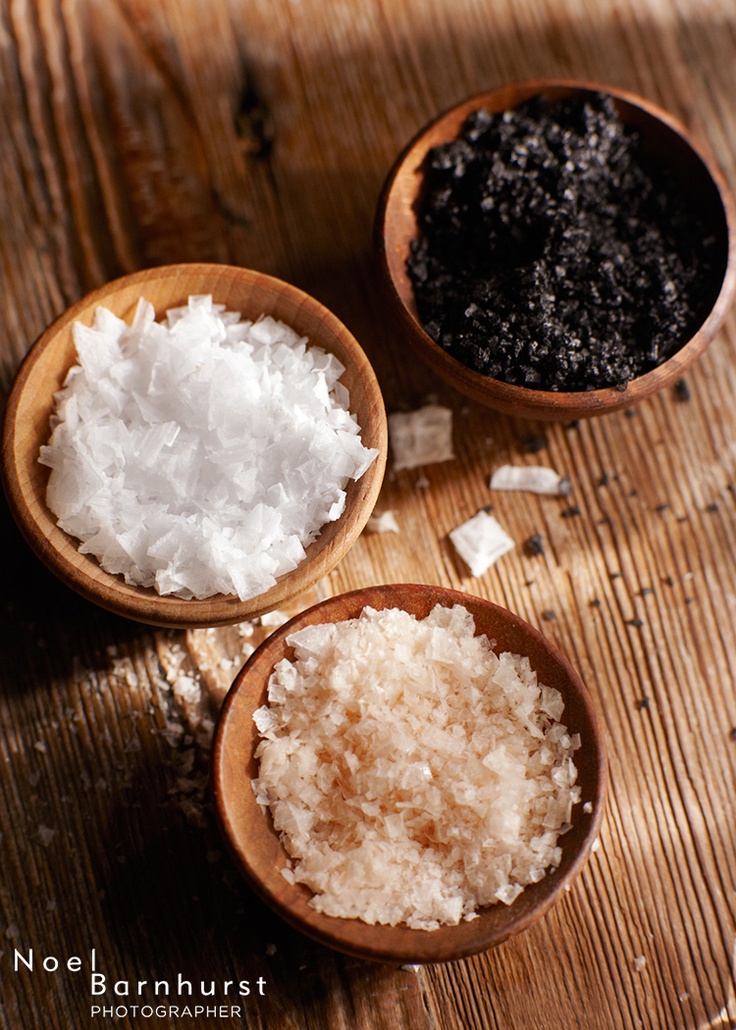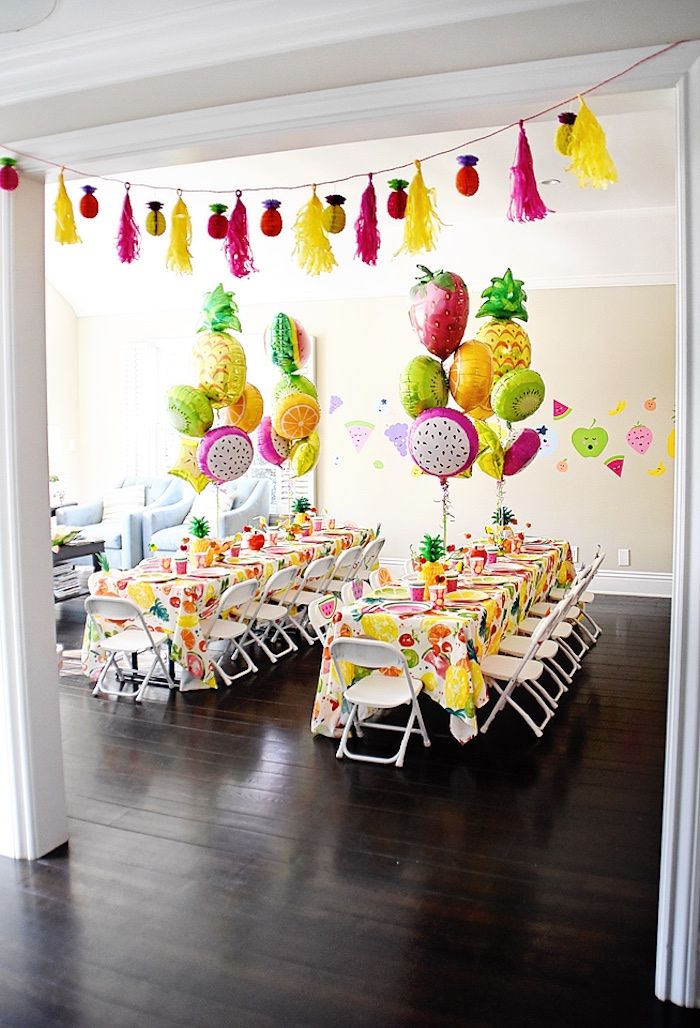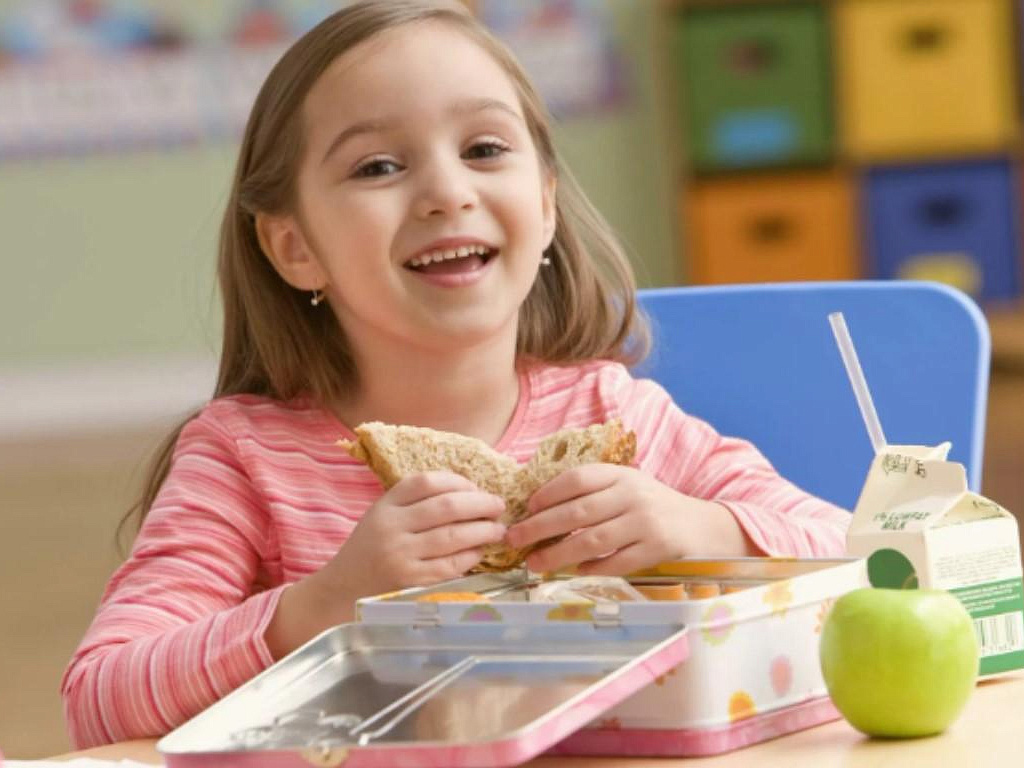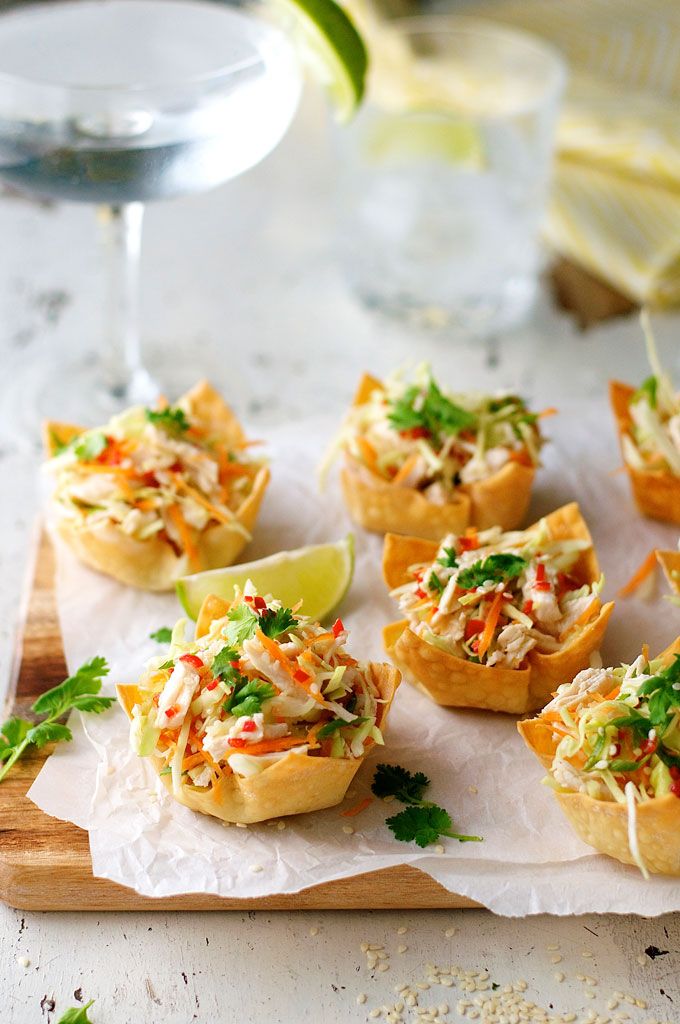Meal prep for baby food
How to Make Homemade Baby Food
Wiktory/Thinkstock
Breastfeeding is recommended exclusively until six months of age and along with solid foods until at least one year of age. Talk with your pediatrician about the best time for your baby to start solids and how to introduce them. Monitoring for possible food reactions is especially important, as is providing foods that contribute key nutrients like protein, iron and zinc.
If your little one is ready for solid foods, you have numerous nutritious options at the supermarket, such as iron-fortified cereal, to feed your baby. And, if you prepare homemade baby food, you have even more variety: Not only can you pick from an assortment of fruits and vegetables in the produce section, but you can also use frozen veggies and fruits canned in their own juices.
Making your own food can help expose babies to more flavors, which may help them become more adventurous eaters. Furthermore, by managing added sugars and salt, you're in greater control of your baby's nutrition.
Follow these guidelines if you choose to prepare homemade baby food:
Getting Started
If you are interested in preparing your own baby food but find the idea daunting, start with just a few homemade items. Mashing a very ripe avocado or banana is a good place to begin. After your baby responds well, you can try preparing nutrient-rich foods that might not be as common in the baby food aisle, such as beets, broccoli, turnips, asparagus, spinach, blueberries, kale, mango and papaya. Just be sure to mash or puree the foods for your baby and serve only one new single ingredient food at a time.
Use items that are in season or foods that you’re preparing for the rest of the family, but without the added sugars, salt and seasonings. Everyone in the family will get to enjoy the same nutritious foods, which will save you time and effort.
Preparing Food
Be vigilant about sanitation. Use only well-scrubbed and washed produce, clean hands, utensils, cutting boards and countertops.
- Wash and peel produce and remove any seeds or pits. Take special care with fruits and vegetables that are grown close to the ground as they may contain spores of Clostridium botulinum or contain other harmful bacteria that can cause food poisoning.
- Cook food until it's very tender. Steaming and microwaving in just a little water are good methods to retain vitamins and minerals in fruits and vegetables. When cooking meats and fish, remove all gristle, skin and bones before cooking.
- Puree or mash fresh fruit or fruit canned in its own juice. Never add honey to foods or drinks for children under 12 months, as it may contain Clostridium botulinum spores. Also avoid adding corn syrup or other sweeteners as they only provide extra calories but not nutrients.
- Make sure the texture and temperature are appropriate. Some foods pose a choking risk and are not recommended for infants, such as whole grapes, raisins, and pieces of hot dog. Pureed foods can be thinned, if needed, by adding breastmilk, formula, or water.
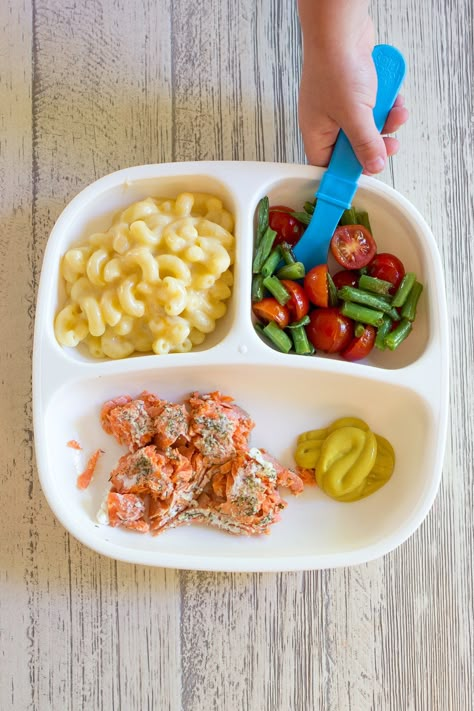 Cow’s milk and milk alternatives should not be used during the first year. After warming solid foods, be sure to mix thoroughly and recheck the temperature so as not to burn the infant’s mouth.
Cow’s milk and milk alternatives should not be used during the first year. After warming solid foods, be sure to mix thoroughly and recheck the temperature so as not to burn the infant’s mouth. - Cook eggs, meats and poultry until well done. Babies are especially susceptible to food poisoning caused by eating undercooked meats, poultry and eggs. Be certain that all meats and fish are cooked to proper temperatures; 145°F for fish and whole cuts of beef and pork, 160°F for ground beef and egg dishes and 165°F for all types of chicken and poultry or leftovers.
- For convenience, freeze prepared baby food for later use. Freeze it in small portions in a clean ice cube tray. Once frozen, put the cubes into clean, airtight, freezer-safe food containers for single-serving portions. As another method, use the "plop and freeze" technique: plop meal-size spoonfuls of pureed food onto a cookie sheet, freeze, then transfer the frozen baby food to clean freezer-safe containers for storage in the freezer.

- If you're cooking the same food for the rest of the family, remove the baby's portion before adding salt and seasonings. A baby's taste buds can be very sensitive. As the baby grows and becomes more used to table food, feel free to add seasonings other than salt.
Keeping Baby Safe
Preparing homemade baby food requires extra care to keep baby's food safe and to retain the nutrients from fresh foods. After you've prepared the food, either serve it or refrigerate it right away. Keep homemade baby food in a covered container for one or two days in the refrigerator or one to two months in the freezer with a label and date. Small portions served in separate dishes are ideal because any food that was served, but not eaten, must be thrown out. Bacteria thrive in the mouth, so if a spoon goes into the baby's mouth and then touches the food, that food should not be saved for later.
It's Fine To Buy Store-Bought Baby Food Too
Commercial baby foods are nutritious options for feeding baby, too.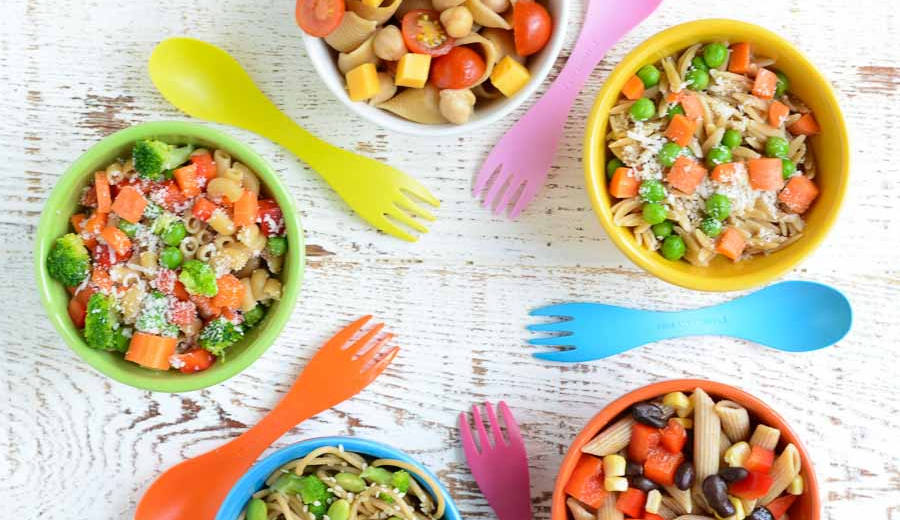 Today's commercial baby foods provide balance and variety with carefully controlled and consistent nutrient content, so don’t worry if you supplement your baby's intake with commercial baby foods. Be sure to talk to your baby's health care provider about which foods are best for your baby and if any dietary supplements may be recommended.
Today's commercial baby foods provide balance and variety with carefully controlled and consistent nutrient content, so don’t worry if you supplement your baby's intake with commercial baby foods. Be sure to talk to your baby's health care provider about which foods are best for your baby and if any dietary supplements may be recommended.
Jill Weisenberger, MS, RDN, CDE, FAND, is a nutrition writer based in Virginia.
How To Meal Prep Baby Food For A Week
Poor Little It Girl™ partners with several affiliate programs, meaning that I can earn a commission from purchases/clicks by those who visit this site at no additional cost to you!
Miles is the greatest joy of my life but oh man, is he a lot of work! Now that he’s getting older, one of the biggest tasks on my table (no pun intended) is feeding him. I no longer give him breast milk. Miles is now on a mix of formula and baby food.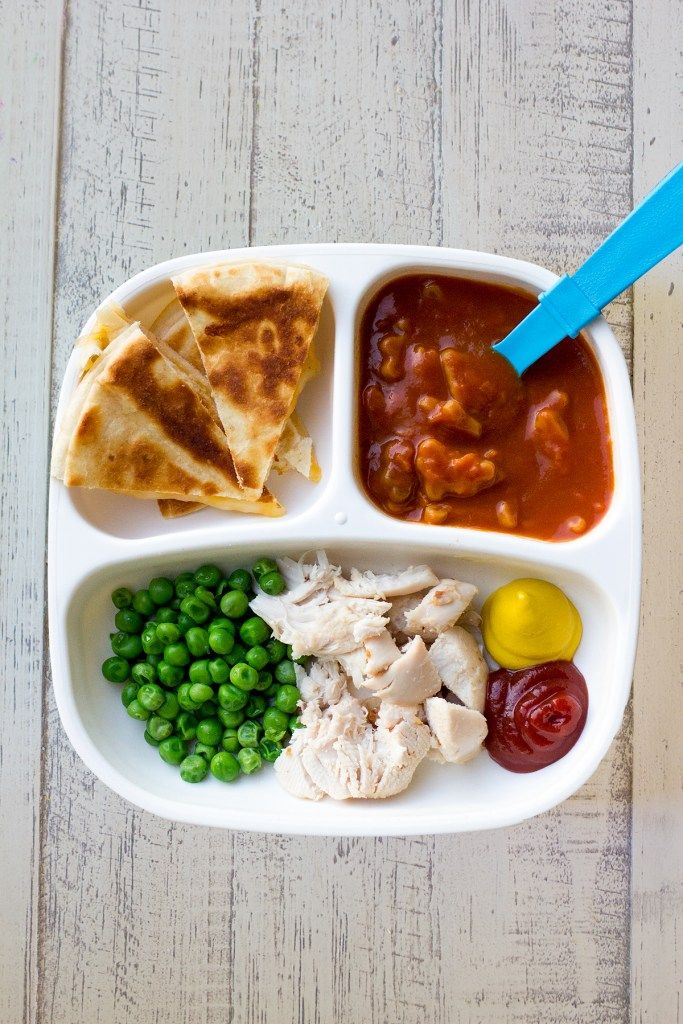 So to set myself up for success for a week of feeding my growing healthy baby boy, I’m all about prepping his meals as much as I can.
So to set myself up for success for a week of feeding my growing healthy baby boy, I’m all about prepping his meals as much as I can.
Don’t let me fool you, I can certainly not some amazing chef or child nutritionist. But I do know that there are fantastic benefits to preparing homemade food, especially for babies. But when you think about how much kids eat, the idea of food prep can no doubt be exhausting. However, when you do as much as you can in advance, it will make your life a whole lot easier for the rest of the week.
Again, I’m certainly no child food expert pediatric whatever, but over the last couple of months, I’ve got into a pretty solid routine of food prep for Miles each week. And while I’m just sharing my personal experience and tips today, I’d still LOVE to hear yours. So if you’ve got some baby food meal prep advice, make sure to leave me a comment at the bottom of this blog post! (But just a note let’s keep this a positive space. No mom-shaming – thank you!)
Organize Your Grocery Shopping List
First things first, you need to get the food into your kitchen in order to prep meals.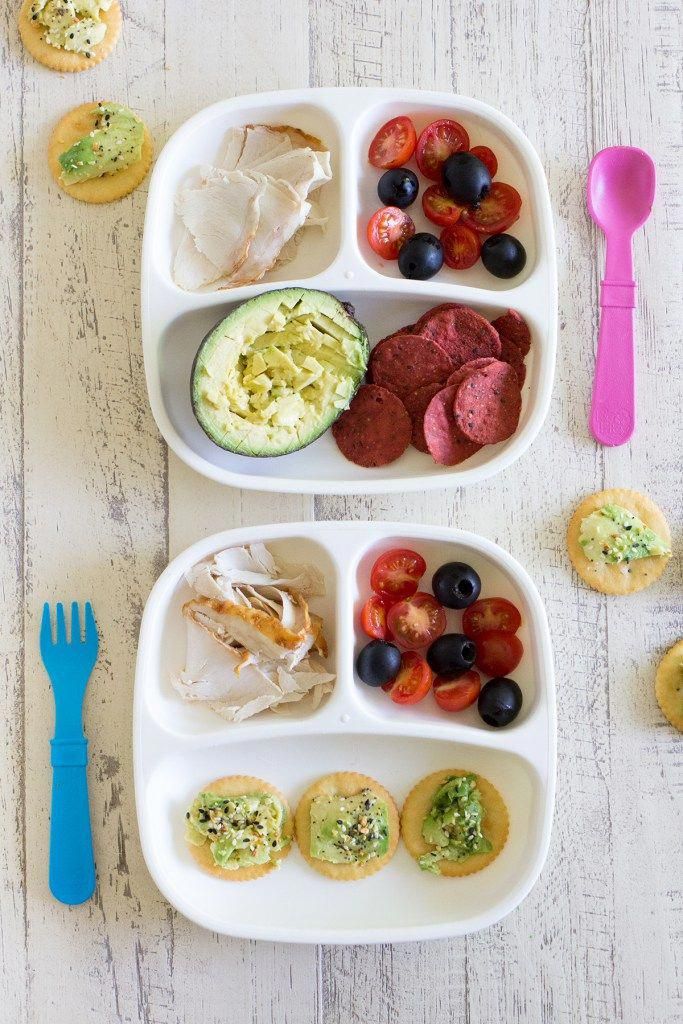 I love using Instacart for the delivery of my groceries so heading to the store is one less step I have to think about. The best part is that these online grocery delivery apps allow you to save your shopping lists so you can easily just click “buy again” and you’re good to go.
I love using Instacart for the delivery of my groceries so heading to the store is one less step I have to think about. The best part is that these online grocery delivery apps allow you to save your shopping lists so you can easily just click “buy again” and you’re good to go.
Miles is currently about 10 months old and eats just about anything I put in front of him. Current fruits and veggies he loves include sweet potatoes, butternut squash, strawberries, avocado, bananas, blueberries, scrambled eggs, etc. We also do chicken, pasta, and salmon. I’ll cook these with a little olive oil for healthy fats and flavor.
Prepare and Store
We do a mix in our homemade baby food purees and finger food for Miles. Sometimes I spoon-feed him things that I’ve pureed and others I let him feed himself. I find the mix works so I can ensure he’s getting enough nutrients in his belly instead of all over his face/the floor.
With that, I have varying storage container sizes (more on that below) where I keep pureed sweet potatoes, berry mixes, cooked chicken, etc. Then I use additional containers for cut-up fruit and veggies he can eat with his hands. Miles’s appetite fluctuates daily so some days he’ll eat everything I put in front of him and want more, some days he doesn’t finish his plate. I follow his cues on when he’s hungry or not.
Then I use additional containers for cut-up fruit and veggies he can eat with his hands. Miles’s appetite fluctuates daily so some days he’ll eat everything I put in front of him and want more, some days he doesn’t finish his plate. I follow his cues on when he’s hungry or not.
Keep The Baby Food Recipes Simple
One of our go-to’s in this house is a sweet potato puree. I will bake a few potatoes in the oven and then cut them into cubes and put it in a blender. (You can totally use a food processor if you want, but I only own a blender so that’s what I use.) I’ll add up to a cup of water pending on how chunky/smooth I want the puree to help thin it out. For flavor, I’ll add a little cinnamon which also has great health benefits for kids and adults.
For chicken, I’ll bake a few white meat breasts, cut them into strips, and either refrigerate or freeze pending on when I plan on Miles eating them. To re-heat, I simply place them in the microwave in 10-second intervals (so they don’t get hot spots) and will cut them into smaller finger food sizes for him once cooled.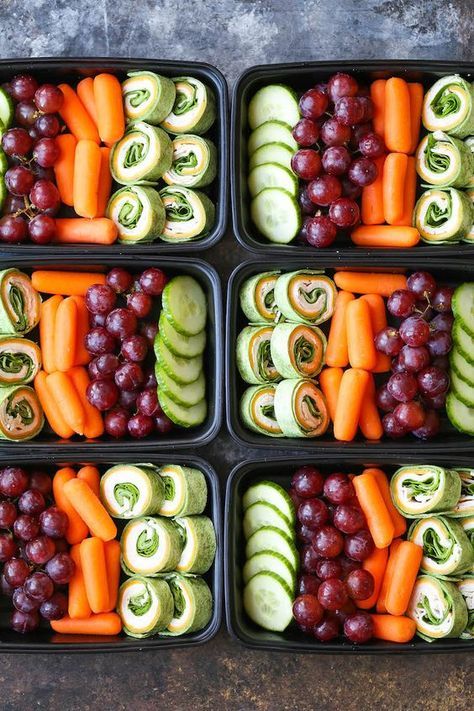 Baby food recipes are more about just easy preparations rather than a million ingredients. In our house, simple is best!
Baby food recipes are more about just easy preparations rather than a million ingredients. In our house, simple is best!
Any pureed food I make will last 2-3 days in the fridge. If I made a large amount, I’ll freeze the excess in ice cube trays where they’ll stay good for up to 6 months. If you’re really slammed for time, you could even freeze up to a month’s worth of food. For me though, I don’t have a ton of freezer space to store too much so that’s why I meal prep baby food for a week at a time.
You Don’t Have To Make It All
While I applaud any mom or dad that has the time and energy to meal prep and plan every single organic item that goes into their child’s mouth, that is simply not me. I’m all about taking help from the store when I can get it! There are some awesome baby food brands that make delicious and healthy options to feed your baby. From jarred food to frozen chicken meatballs to teether cookies – bringing in a mix of textures and tastes to Miles that is easy for me is totally worth what may be an additional cost.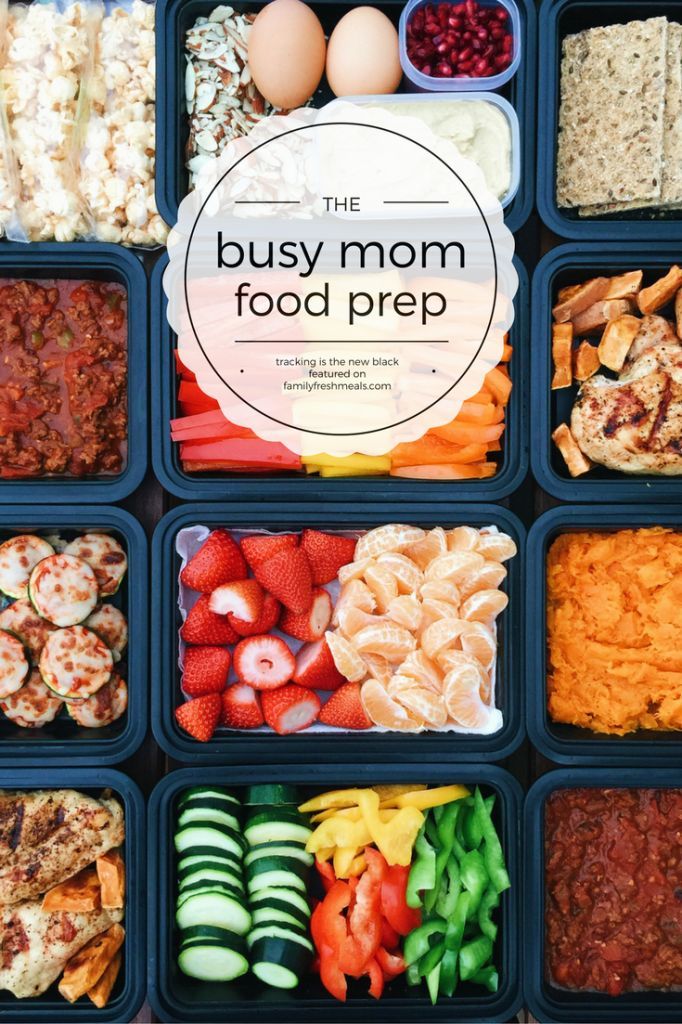
Best Baby Food Storage Containers
Rubbermaid Brilliance Glass Storage Containers
I swear by the Rubbermaid Brilliance glass storage containers when I meal plan. They’re airtight, dishwasher, oven, and freezer safe. They don’t stain and I like that I can see through them to know what foods we have left. I never knew storage containers could make me so happy but there really is something so satisfying about seeing your fridge full of delicious food all packed up and ready to eat.
In addition to these glass containers, I also use additional Rubbermaid products and some baby food freezer trays (basically ice cube trays for baby food), and other products for serving that are safe for Miles to use on his own. You can shop a few of my go-to’s in the widget below!
Meal Prep Ideas For Babies
For reference, we currently do the 8-10 months Moms On-Call schedule app for Miles. He will have a bottle (6-8oz) at 7 AM, 11 AM, 3 PM, and 7 PM. Below is simply a sample week of his “real food” breakfast, lunch, dinner, and snack schedule. I write this down as a quick guide but sometimes, we stray from the schedule because, you know…life. And that’s ok! Don’t beat yourself up, do the best you can.
I write this down as a quick guide but sometimes, we stray from the schedule because, you know…life. And that’s ok! Don’t beat yourself up, do the best you can.
Day 1 – MONDAY
Breakfast (8 AM) – Oatmeal Cereal with strawberries
Snack (10:30 AM) – Teething wafers with a sippy cup of water
Lunch (12 PM) – Frozen chicken meatballs with sweet potato puree
Snack (2:30 PM) – Blueberries and raspberries with a sippy cup of water
Dinner (5 PM) – Baked salmon (shredded) with green beans vegetable cups
Day 2 – TUESDAY
Breakfast (8 AM) – Organic yogurt with bananas
Snack (10:30 AM) – Avocado mash and shredded cheese
Lunch (12 PM) – Macaroni and cheese cups
Snack (2:30 PM) – Organic puffs and a sippy cup of water
Dinner (5 PM) – Roasted chicken and smashed cooked carrots
Day 3 – WEDNESDAY
Breakfast (8 AM) – Scrambled eggs
Snack (10:30 AM) – Strawberries with a sippy cup of water
Lunch (12 PM) – Jarred baby food
Snack (2:30 PM) – Teething wafers with a sippy cup of water
Dinner (5 PM) – Ground turkey with roasted zucchini
Day 4 – THURSDAY
Breakfast (8 AM) – Oatmeal Cereal with blueberries
Snack (10:30 AM) – Organic puffs and a sippy cup of water
Lunch (12 PM) – Sweet potato puree and small ripe avocado chunks
Snack (2:30 PM) – Shredded cheese and a sippy cup of water
Dinner (5 PM) – Jarred baby food
Day 5 – FRIDAY
Breakfast (8 AM) – Organic yogurt with raspberries
Snack (10:30 AM) – Shredded cheese and a sippy cup of water
Lunch (12 PM) – Pasta with butter and cut cherry tomatoes
Snack (2:30 PM) – Jarred fruit puree
Dinner (5 PM) – Roasted chicken with smashed avocado
Day 6 – SATURDAY
Breakfast (8 AM) – Pancakes with banana slices
Snack (10:30 AM) – Teething wafers with a sippy cup of water
Lunch (12 PM) – Frozen chicken meatballs with green beans vegetable cups
Snack (2:30 PM) – Organic puffs and a sippy cup of water
Dinner (5 PM) – Jarred baby food
Day 7 – SUNDAY
Breakfast (8 AM) – Scrambled eggs
Snack (10:30 AM) – Organic yogurt with strawberries
Lunch (12 PM) – Ground turkey with smashed cooked carrots
Snack (2:30 PM) – Teething wafers with a sippy cup of water
Dinner (5 PM) – Macaroni and cheese cups
PHOTOS BY SYD & LEX PHOTOGRAPHY
Poor Little It Girl™ partners with affiliate programs, meaning that I can earn a commission from purchases/clicks by those who visit this site at no additional cost to you!
How to cook baby food - Encyclopedia Baby food
Victoria Levchuk© Victoria Levchuk © Broccoli, zucchini and cauliflower puree Taking care of your child's health in today's world means starting complementary foods right with whole, healthy foods prepared with love . Most mothers will immediately ask how to prepare baby food that is of high quality, easily digestible and tasty.
Most mothers will immediately ask how to prepare baby food that is of high quality, easily digestible and tasty.
Canned food can sometimes seem easy to feed a baby, but when you start reading the ingredients of each tiny can (not to mention the cost of each can), it makes more sense to try your hand at making homemade baby food yourself.
When you think about how to prepare baby food, it seems so complicated. However, everything is much easier. In fact, baby food is the easiest recipe to prepare. Many mothers who hate to cook learn how to cook with healthy complementary foods for their beloved child.
Let's start with a few practical tips on what you need, what products to choose and what else to keep in mind to make the process as easy as possible.
Contents:
So, how to prepare baby food? Simple - choose a fruit or vegetable that needs to be introduced into complementary foods, cook until tender, make a smooth puree and voila ... a batch of baby food is ready.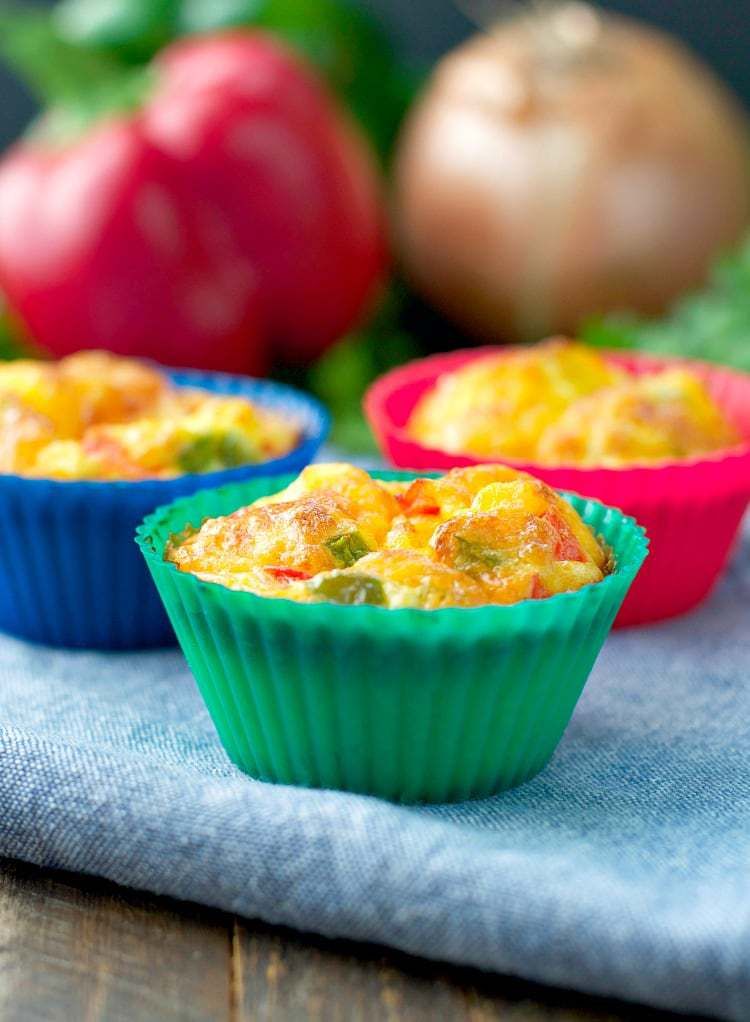 And now to the details, the following tips will teach you how to cook baby food in no time.
And now to the details, the following tips will teach you how to cook baby food in no time.
1. Buying the right tools
-
Blender
This “devil machine” is the best assistant in the kitchen. Only a blender can bring fruits, vegetables, grains, meat and other products to the ideal consistency. During the first few months, solid foods are made smooth and tender without lumps so that the baby's digestion slowly gets used to the complex textures.
-
Stainless saucepan
Good, regular dishes will always be washed. The first experiments burn, stick and are almost not washed off. Buy one good quality baby food pot. I have never regretted in 6 years. She washes with a brush, dishwasher, iron brush and she is still like new. We choose high-quality, stainless dishes, small up to 1 liter, with a good handle and lid. I have a lid with heat protection, I can take it with my bare hands, it is not hot, and neither is the pen.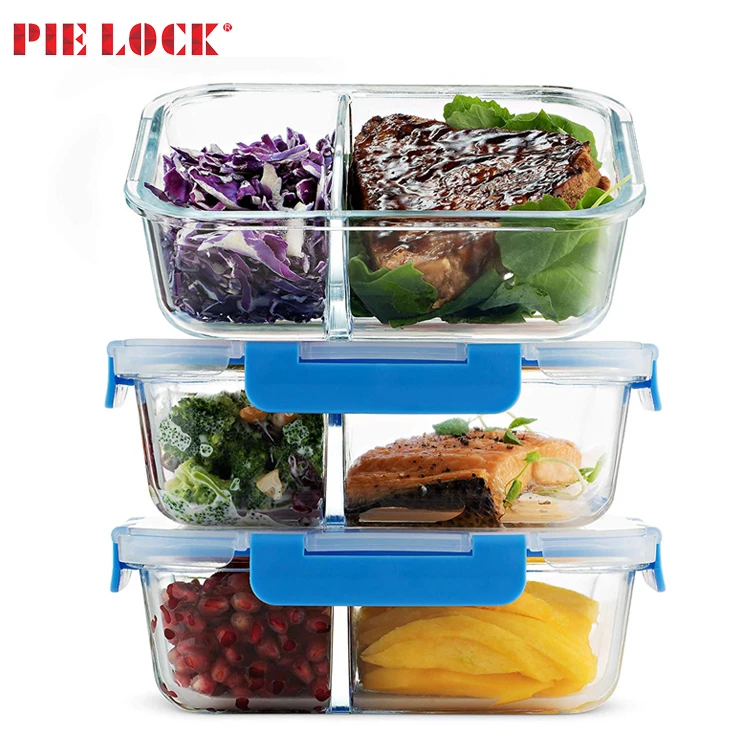
-
Baby food freezer tray with lid
One good plastic or flexible silicone tray will last a long time. Moreover, it is needed for the first 4-6 months; you will not need to freeze baby purees anymore. You can buy without a lid, but then you have to suffer from bags, as baby purees love to absorb odors from the freezer. During meals, portions can be diced and heated in the microwave before serving.
freeze mold-
food thermometer
Many new mothers are advised to buy a food thermometer. I didn't buy. My wrist was an indicator, always, if I'm hot, then the child will be very hot. But for speed and convenience, a food thermometer comes in handy to make sure the food is at the right temperature for small mouths.
-
Steamer or multicooker
A modern kitchen cannot do without these devices, because it is easier and more useful for us. In principle, a slow cooker will always help out when you need to cook porridge, and a double boiler - a lot of vegetables and fruits. These tools always help out, save the time of an eternally busy mother. I advise!!!
In principle, a slow cooker will always help out when you need to cook porridge, and a double boiler - a lot of vegetables and fruits. These tools always help out, save the time of an eternally busy mother. I advise!!!
2. Carefully choose your first foods
Choose fruits and vegetables for the first complementary foods that are rich in nutrients. Brightly colored vegetables are fresh vegetables. For the first feeding, foods such as broccoli, zucchini, zucchini, pumpkin are suitable, they are rich in vitamins, and at the same time look attractive. Fruits such as apple and pear can be introduced from about six months of age and are also very rich in vitamins, such as blueberries and peaches.
It's a good idea to talk to your doctor about which foods to introduce first and the best age to start complementary foods (this can be between four and six months) and remember to start with one.
We offer the child the same food for four days - if any signs of allergy appear, the mother will immediately notice it.
3. Safety first
Making homemade baby food is a convenient way to provide your baby with a healthy diet free of additives and preservatives.
Preparing and freezing small batches of food in advance makes the task much easier. However, do not forget to throw away any food that has been touched with a used feeding spoon, food that has already been reheated, and food that has been in the freezer for too long. At first, it is recommended to keep frozen baby puree for no more than 1 month in the freezer.
Children's dishes can be washed in the dishwasher, the only thing you have to do is choose a cleaning agent for children. If there is no dishwasher, then wash the dishes under hot water, at first you can pour boiling water over before use.
Food should always be warm, but not hot. If there is no thermometer, we measure the temperature of the food with the back of the wrist before serving.
Avoid food or utensils that contain harsh chemicals that can react in microwaves or ovens and always keep your hands clean before handling any food.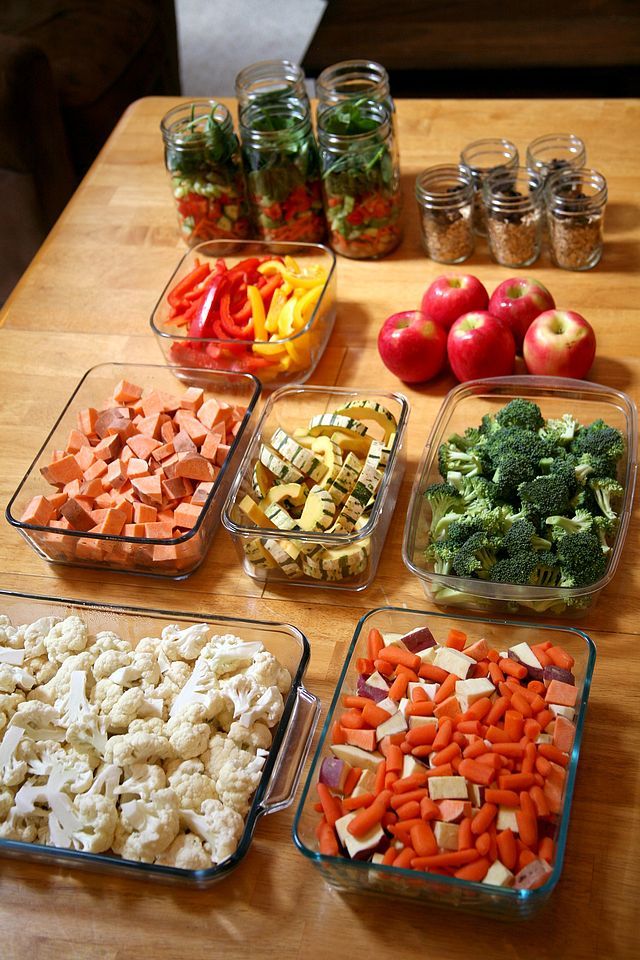
I remind you that your child should wash their hands before preparing food. They should be washed frequently, as well as products that are cleaned and then cut.
What happens when products are rejected?
Understand that a child likes and dislikes certain foods, but it is important to keep in mind that as the baby develops, his tiny taste buds also grow and new taste preferences appear. Parents need to be patient, the first feeding is a messy experience, so you need to have enough rags and bibs on hand to enjoy the baby's first taste sensations.
We are not afraid and add me to VK and Odnoklassniki, Instagram!
Like this article? Subscribe to site updates
"Encyclopedia Baby Food"!
Don't forget to bookmark us! (CTRL+SHIFT+D) Subscribe to the site, comment, share in social networks.
Our website Encyclopedia Baby Food has useful information on the nutrition of your children, which is useful for everyone, and we update the website "Encyclopedia Baby Food" constantly and try to search and write only excellent, verified and necessary information for you and your children.

Disclaimer No. 1: It must be understood that the author of the articles on the Baby Food Encyclopedia website is not a medical staff, “I am not a doctor.” The information I share is based on my own experience. My goal is not to teach you how to eat or feed your child, but to talk about how we did it, what new things I learned or read. This expands the picture of Baby Food knowledge, gives you a glimpse of the whole process so you can decide if you like it or not.
Disclaimer No. 2 : However, the above does not replace visiting a pediatrician. Before you start complementary foods, you need to get his professional opinion on the best way to introduce new foods for your baby. I also draw your attention to the fact that you need to look at the original date of the published articles, because some of the "best practices" may have changed. Always check with your child's pediatrician about complementary foods and their health.
Disclaimer #3: Keep in mind that every family is unique, every situation is also completely unique.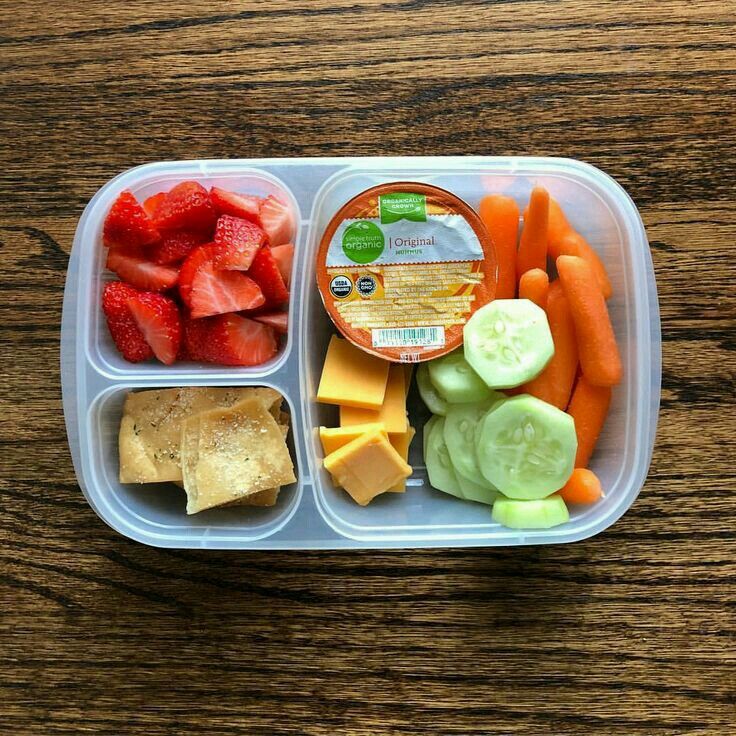 There are no universal solutions. Only you can find what works best for you. Certain goals require certain sacrifices and priorities - not everyone wants to make those choices, and that's GREAT! Just know what you want to achieve, and be ready to get to work, putting the best of your strength!
There are no universal solutions. Only you can find what works best for you. Certain goals require certain sacrifices and priorities - not everyone wants to make those choices, and that's GREAT! Just know what you want to achieve, and be ready to get to work, putting the best of your strength!
Disclaimer No. 4: On the Encyclopedia Baby Food website, photos from books on baby food with attribution are used to better understand the information (Article 1274, paragraph 1, part four of the Civil Code of the Russian Federation). Literature on baby food is found in the public domain on the Internet.
Apricot puree with chicken
Banan-global puree
Banana puree
borsch
Bousse broth with peas and rice
Botterbrod with kolrabi
Fixed dessert from the Kabachki with strawberry
General cities Buckwheat porridge with apricots
Buckwheat porridge with banana
Buckwheat pilaf
Children's sausage
Children's milk porridge with banana
Children's vinaigrette
Children's ketchup
Children's cucumber salad
Children's salad Olivier
Children's porridge biscuits
Children's puree of strawberries, bananas, yellow cherries, yoghurt and biscuits with cereals
Children's puree with cottage cheese and fruit
Homemade yeast bread with flax flour
Homemade cheese
Homemade pizza
3 Breakfast outside Kohlrabi appetizer
Roasted cauliflower
Roasted carrots
Roasted carrots and cherries with millet
Winter salad with Jerusalem artichoke
Cabbage with white beans
Cabbage salad like in a canteen
Mashed potatoes
Quinoa and pumpkin porridge
Quinoa porridge
Breakfast cereals
Quinoa and apple
Strawberry puree
Strawberry puree with banana
Strawberry compote
Wild apple and raspberry compote
Thermo-steamed fruit compote for children 8 months
Corn porridge
Corn porridge with pear
Corn porridge with pumpkin
Corn porridge with pumpkin and carrots
Corn porridge with apple and carrots
Chicken liver in the oven
Chicken cutlets with carrots
Chicken with carrots, sweet peppers and potatoes
Navy pasta
Pasta with orange sauce
Gremolata pasta
Muffins with vegetables and egg
Jacket new potatoes
Vermicelli milk soup17 Carrot puree
Carrot-rice casserole
Carrots with chicken
Amanita from eggs and tomatoes
Meat envelopes
Homemade Tarragon drink for children
Vegetable puree from cauliflower and carrots
Vegetable soup with corn semolina
Vegetable soup with cheese and corn semolina
Vegetable soup with spinach
Vegetable puree soup with bell pepper
Oatmeal
Pollock fritters
Hot kefir fritters
Omelet in a bag
Spinach and Cheese Omelette
Omelette Pancake
Peach Puree
Baked Apples 7 months +
Zucchini and Carrot Pie
Zucchini Pie
Rice and Zucchini Pie
Fish Pie
Fish and potato pie
White cabbage pizza
Lavash pizza
Zucchini, tomato and sausage pizza
Tomato and olive pizza
Spinach pizza
Rabbit pilaf
Chicken pilaf with green peas and corn Puree 9033 and cherries
Banana, cottage cheese and porridge puree 4 cereals
Broccoli (cauliflower) puree
Broccoli, courgette and cauliflower puree
Blueberry puree
Pear puree
Pear and banana puree
Pear and banana puree, baked
Pear and pumpkin puree 7 months +
Pear, pumpkin and peach puree
Pear, apple, plum and prunes puree
Blackberry puree
Turkey puree
Zucchini puree 90 zucchini and broccoli
Zucchini, carrot and potato puree
Quinoa and banana puree
Quinoa and carrot puree
Quinoa, banana and carrot puree
Quinoa, squash and carrot puree
Quinoa, peach and raspberry puree
quinoa, cauliflower, apple, peas and mint
Quinoa, apple, pear and raisin puree
Quinoa, apple, carrot puree
Rabbit, broccoli and cauliflower puree
Chicken, carrot, potato, apple and pea puree
Raspberry, cherry and banana puree
carrots
Carrot and apple puree
Carrot, potato, broccoli and cheese puree
Carrot, potato, apple and quinoa puree
Carrot, pumpkin, apple and prunes puree
Carrot, apple and potato puree
Turnip and carrots
Plum puree
Cottage cheese, strawberry and banana puree
Pumpkin puree
Pumpkin and banana puree
Pumpkin and zucchini puree
Pumpkin and apple puree
Pumpkin, apple and banana puree
Cauliflower and broccoli puree
Cauliflower puree and potatoes
Cauliflower and rice puree
Cauliflower and apple puree
Cauliflower, green peas and squash puree
Cauliflower, turkey and potato puree
Cauliflower, potato and squash puree
Cauliflower, carrot and broccoli puree
Cauliflower, carrot, cheese and rice puree
Cauliflower, apple and courgette puree
Zucchini puree
Zucchini and potato puree
Zucchini, carrot and apple puree 90 cherries
Blueberry puree
Prune puree
Apple, pumpkin, carrot and some curry puree
Apple and pear puree
Apple and strawberry puree
Apple, strawberry and cherry puree
Apple, peach and banana puree
Carrot and pumpkin puree
Cottage cheese and banana puree
Turkey, potato and carrot stew
Zucchini, carrot and broccoli stew
Fish, potato, carrot and broccoli stew
Rice porridge
Whole grain rice porridge
carrot
Rice porridge with pumpkin
Rice porridge with apples
Rice porridge with apple and pear
Rice porridge with apple and pumpkin
Fish cakes with vegetables
Semi-cooked fish
Fish meatballs with ketchup
Baby Fish Soup
Salmon and Celery Fish Soup
Carrot and Kohlrabi Salad
Chickpea Salad
Chickpea and Cabbage Salad
The Laziest Soup
Creamy Kohlrabi Soup
Oatmeal Smoothie Pot 39 Sauce
Cheese Pizza
Pea and Bacon Soup
Baked Vegetable Soup
Kohlrabi Soup
Salmon Soup
Cauliflower Soup
Turnip Potato Soup
Meatball Soup for the Picky Eater
Kohlrabi soup with green apple
Rabbit, pumpkin, potato, broccoli and cauliflower soup
Beetroot soup
Pumpkin soup with mushrooms
Broccoli and celery soup
Soup/stew pork with potatoes and carrots
Cheese chebureks
Pumpkin cheese sauce (Annabelle Carmel recipe)
Buzz Lightyear Sandwich
Pumpkin-apple puree
Pumpkin-apple juice
Pumpkin cake
Pumpkin soup9-mashed
Fruit salad with 70137 Bread lavash
Cauliflower with cheese
Linden tea and thyme
Experimental noodle soup with lentils
Apple puree
Apple juice
Like this article? Subscribe to site updates
"Encyclopedia Baby Food"!
Don't forget to bookmark us! (CTRL+SHIFT+D) Subscribe to the site, comment, share in social networks.
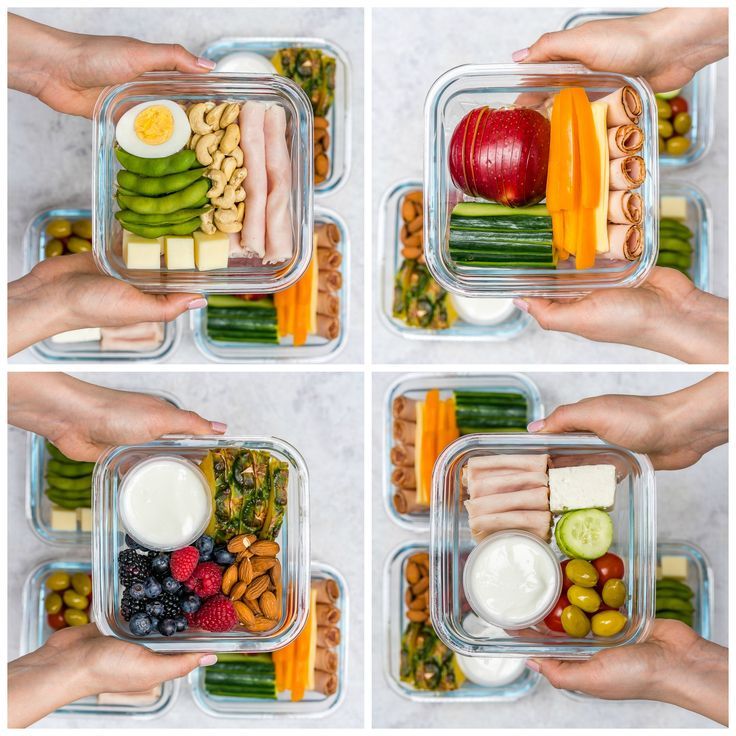
On our website Encyclopedia Baby Food there is useful information on the nutrition of your children, which is useful for everyone, and we update the website "Encyclopedia Baby Food" constantly and try to search and write only excellent, verified and necessary information for you and your children.
Disclaimer No. 1: It must be understood that the author of the articles on the Baby Food Encyclopedia website is not a medical staff, “I am not a doctor.” The information I share is based on my own experience. My goal is not to teach you how to eat or feed your child, but to talk about how we did it, what new things I learned or read. This expands the picture of Baby Food knowledge, gives you a glimpse of the whole process so you can decide if you like it or not.
Disclaimer No. 2 : However, the above does not replace visiting a pediatrician. Before you start complementary foods, you need to get his professional opinion on the best way to introduce new foods for your baby. I also draw your attention to the fact that you need to look at the original date of the published articles, because some of the "best practices" may have changed. Always check with your child's pediatrician about complementary foods and their health.
I also draw your attention to the fact that you need to look at the original date of the published articles, because some of the "best practices" may have changed. Always check with your child's pediatrician about complementary foods and their health.
Disclaimer #3: Keep in mind that every family is unique, every situation is also completely unique. There are no universal solutions. Only you can find what works best for you. Certain goals require certain sacrifices and priorities - not everyone wants to make that choice, and that's GREAT! Just know what you want to achieve, and be ready to get to work, putting the best of your strength!
Disclaimer No. 4: On the Encyclopedia Baby Food website, photos from books on baby food with attribution are used to better understand the information (Article 1274, paragraph 1, part four of the Civil Code of the Russian Federation). Literature on baby food is found in the public domain on the Internet.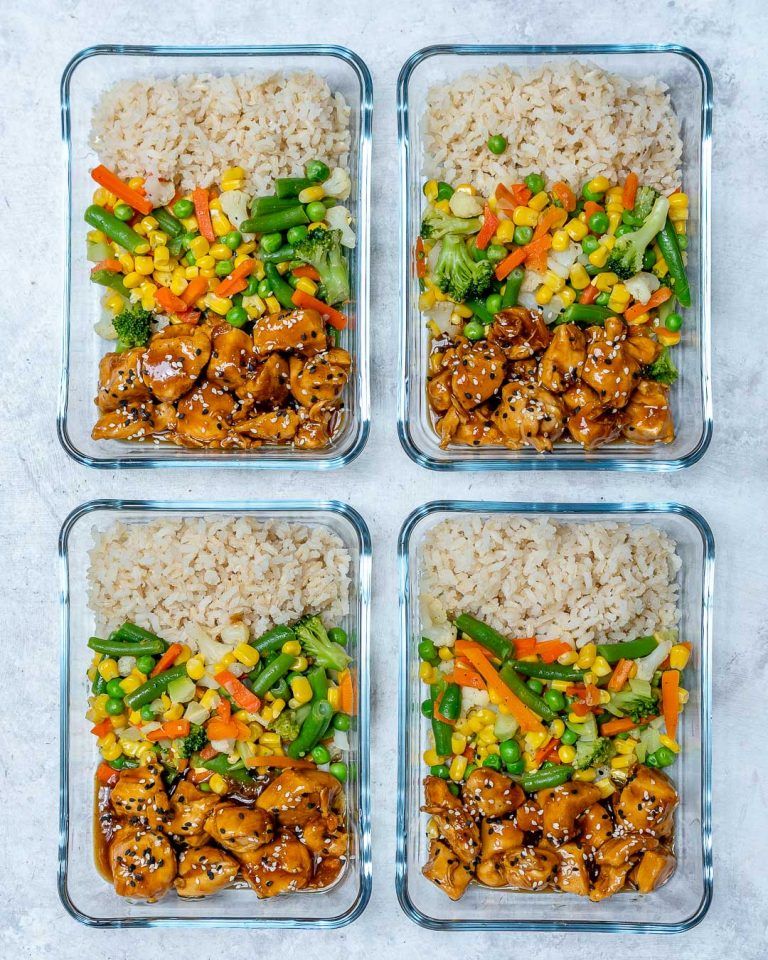
Disclaimer No. 5: Content, editing, proofreading, layout, etc. produced ONLY by the author of the site Encyclopedia Baby food. Therefore, I apologize for spelling, punctuation and stylistic errors. If you notice a mistake, please report it, and do not write angry comments about the illiteracy of the author of the article.
Apricot puree with chicken
Banana-apple puree
Banana puree
Borscht
Broth with peas and rice
Baby mashed potatoes with cottage cheese and fruits
Home yeast bread with linen flour
Home cheese
Homemade pizza
Breakfast on the street
Opeling from kolrabi
Bakey carrot
Baked carrots and cherries with a prose of 9013 white beans
Cabbage salad
Mashed potatoes
Quinoa and pumpkin porridge
Quinoa porridge
breakfast cereals
Quinoa and apple
Strawberry puree
Strawberry puree with banana
Strawberry compote
Compote of wild apples and raspberries
Compote of dried fruits steamed in a thermos for a baby over 8 months old
Corn porridge
Corn porridge with pear
Corn porridge9 with pumpkin
Corn and carrot porridge10 Corn porridge with apple and carrots
Chicken liver in the oven
Chicken cutlets with carrots
Chicken with carrots, sweet peppers and potatoes
Navy pasta
Macaroni with orange sauce
Pasta with Gremolata
Muffins with vegetables and egg
New potatoes in their skins
Vermicelli milk soup
Carrot and potato puree
Carrot and rice casserole
Carrot with chicken
Fly agaric from eggs and tomatoes children
Cauliflower and carrot vegetable puree
Vegetable soup with corn semolina
Vegetable soup with cheese and corn semolina
Vegetable soup with spinach
Vegetable puree soup with bell pepper
Oatmeal porridge
pancakes from polions
pancakes on hot kefir
omelet in a package
omelet with broccoli and cauliflower
omnete with spinach and cheese
Persian pyra
Rice and zucchini pie
Fish pie
Fish and potato pie
White cabbage pizza
Lavash pizza
Zucchini, tomato and sausage pizza
Tomato and olive pizza
Spinach pizza
Rabbit pilaf
Chicken pilaf with green peas and corn
Banana and cherry puree
Banana, cottage cheese and porridge puree 4 grains
Broccoli (cauliflower) puree
Broccoli, squash and cauliflower puree
Blueberry puree
Pear puree
Pear and banana puree
Pear and banana puree, baked
Pear and pumpkin puree 7 months +
Pear, pumpkin and peach puree
Pear, apple, plum and prunes puree
Blackberry puree
Turkey puree
Zucchini puree
Zucchini and broccoli puree
Zucchini, carrot and potato puree
Quinoa and banana puree
Quinoa and carrot puree
Quinoa, banana and carrot puree 937
Quinoa, peach and raspberry puree
Quinoa, cauliflower, apple, pea and mint puree
Quinoa, apple, pear and raisin puree
Quinoa, apple, carrot puree
Rabbit, broccoli and mint puree cauliflower
Chicken, carrot, potato, apple and pea puree
Raspberry, cherry and banana puree
Carrot puree
Carrot and apple puree
Carrot, potato, broccoli puree with cheese
Carrot, potato, apple and quinoa puree
Carrot, pumpkin, apple and prunes puree
Carrot, apple and potato puree
Turnip and carrot puree
Plum puree
Cottage cheese, strawberry and banana puree
Pumpkin puree
Pumpkin and banana puree
Pumpkin and banana puree
and zucchini
Pumpkin and apple puree
Pumpkin, apple and banana puree
Cauliflower and broccoli puree
Cauliflower and potato puree
Cauliflower and rice puree
Cauliflower and apple puree
Cauliflower and green pea puree and squash
Cauliflower, turkey and potato puree
Cauliflower, potato and squash puree
Cauliflower, carrot and broccoli puree
Cauliflower, carrot, cheese and rice puree
Cauliflower, apple and squash puree
Zucchini puree
Zucchini and potato puree
Zucchini, carrot and apple puree
Cherry puree
Blueberry puree
Prune puree
Apple, pumpkin, carrot and some curry puree
toy apple puree apple and strawberry puree
Apple, strawberry and cherry puree
Apple, peach and banana puree
Carrot and pumpkin puree
Cottage cheese and banana puree
Turkey, potato and carrot stew
Zucchini, carrot and broccoli stew
Fish, potato, carrot and broccoli stew
Rice porridge
Whole grain rice porridge
Rice porridge with carrots
Rice porridge with pumpkin
Rice porridge with apples
Rice porridge with apple and pear
Rice porridge with apple and pumpkin
Rice porridge with apple and pumpkin
cutlets with vegetables
Ready-to-cook fish
Fish meatballs with ketchup
Fish soup for children
Fish soup with salmon and celery
Carrot and kohlrabi salad
Chickpea salad
Chickpea and cabbage salad
Laziest Soup
Creamy Kohlrabi Soup
Oatmeal Smoothie
Pot Sauce
Cheesy Pizza Sauce
Pea and Bacon Soup
Roasted Vegetable Soup
Kohlrabi Soup
Cauliflower Soup
Salmon Soup
with potatoes and turnips
Meatball soup for the picky eater
Kohlrabi puree soup with green apple
Rabbit, pumpkin, potato, broccoli and cauliflower soup
Beetroot puree
Pumpkin puree with mushrooms
Broccoli and Celery Soup
Pork Potato and Carrot Soup/Stew
Cheese Chebureks
Pumpkin Cheese Sauce (Annabelle Carmel Recipe)
Buzz Lightyear Sandwich
Pumpkin-Apple Puree
Pumpkin-Apple39137 Pumpkin Juice
Pumpkin-Apple Juice
puree soup
Fruit salad
Mango fruit salad
Lavash bread
Cauliflower with cheese
Linden and thyme tea
Experimental vermicelli and lentil soup puree
Apple puree
Apple juice
Basic rules for preparing baby food
In the hot season, it is more important than ever to adhere to the rules for storing and preparing food, especially if these are dishes for a child. After all, fresh and high-quality food is the key to the health and good development of the baby. Did you know that pathogenic bacteria that get on food from dirty hands, poorly washed vegetables and fruits, multiply at a tremendous rate during the hot season and significantly increase the likelihood of food poisoning? Its main symptoms are nausea, vomiting, diarrhea, fever. The first signs of poisoning can appear as early as half an hour after eating poor-quality food, and sometimes it can take about two days from the moment of poisoning until the onset of unpleasant symptoms. All this can be avoided by following the so-called summer cooking rules.
After all, fresh and high-quality food is the key to the health and good development of the baby. Did you know that pathogenic bacteria that get on food from dirty hands, poorly washed vegetables and fruits, multiply at a tremendous rate during the hot season and significantly increase the likelihood of food poisoning? Its main symptoms are nausea, vomiting, diarrhea, fever. The first signs of poisoning can appear as early as half an hour after eating poor-quality food, and sometimes it can take about two days from the moment of poisoning until the onset of unpleasant symptoms. All this can be avoided by following the so-called summer cooking rules.
Good hygiene habits: Wash your hands before preparing food
Hands should be thoroughly washed with soap and water immediately before preparing food, and after each absence from the kitchen. In addition, you need to wash your hands after some culinary manipulations - cleaning fish, cutting meat, cleaning vegetables.
Cracked eggs - wash your hands again.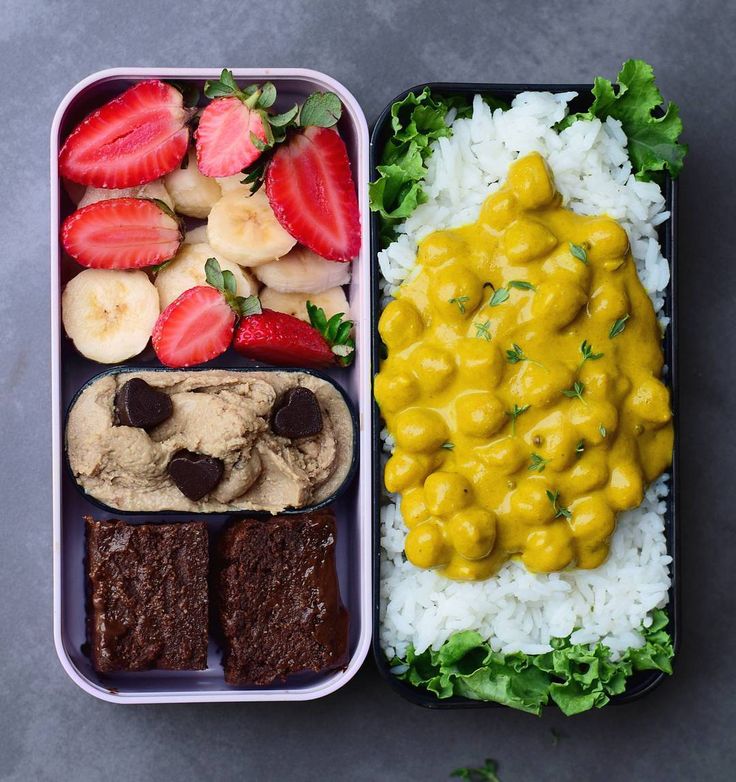 The fact is that many microbes can live on the surface of the eggshell, including salmonella, which are dangerous to health. And be sure to do this if you had to touch a cat, dog or bird. They can also be a source of dangerous pathogens.
The fact is that many microbes can live on the surface of the eggshell, including salmonella, which are dangerous to health. And be sure to do this if you had to touch a cat, dog or bird. They can also be a source of dangerous pathogens.
Fresh food for adults and children
In the hot season, in every gram of food on the second day after cooking, you can find a huge amount of microbes. For example, in a boiled chicken breast, left to cool on the stove until morning due to habit, microbes multiply exponentially. Therefore, when planning baby food, you need to cook the baby exactly as much food as he can eat at one time. And no need to keep lunch on the table while waiting for the baby to get hungry. Ideally, the child should eat it immediately after preparation.
Some of us often, out of habit, leave cottage cheese, sausage, sour cream, fish, meat, cereals, confectionery on the table. This can not be done at any time of the year, and especially in summer. Food should be stored in the refrigerator, laying them on the table in small portions (except for porridge, which is best eaten only freshly cooked).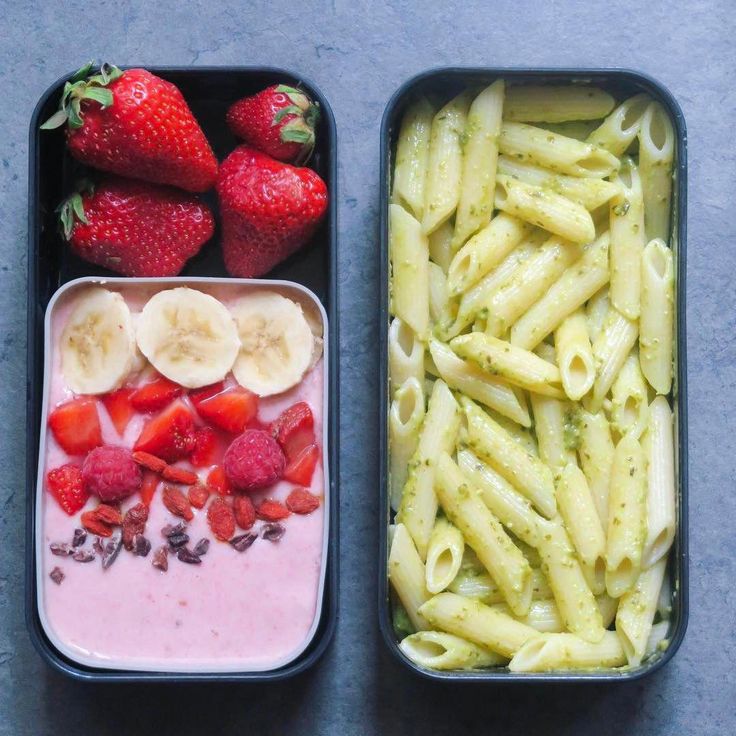
Individual tableware for baby
You need to feed the baby from individual dishes: the smallest member of the family should have their own spoon and plate. It is also desirable to prepare baby food in a separate, specially designated pan for this purpose. Cut products for the baby with a separate knife on a separate board. It is also better to use a separate grater, preferably made of plastic.
Storage rules
Unfortunately, many microbes are able to multiply in the food that is stored in the refrigerator. And some do not die even in the freezer. Therefore, it is better to buy products from which food for children will be prepared as needed. And those that have expired, throw away without regret.
In addition, for proper storage of food, it is not enough just to put them in the refrigerator. Here, too, there are rules. So, for example, sausage, meat and fish should be stored at a temperature of -2 to +4 degrees. Moreover, products made from raw meat and fish can be stored for no more than 6 hours, and those that have undergone heat treatment - no more than 12 hours.
You also need to make sure that prepared food (especially if it is baby food) does not come into contact with raw foods. Bacteria can get into ready-made baby food if the same knife and fork that came into contact with raw food is used before serving.
Full defrost
Under no circumstances should foods that are not completely thawed be cooked, even if this method of preparation is indicated on the label. Meat and fish must first be completely thawed and only then put in a pan or sent to the oven. The fact is that some raw foods can be contaminated with pathogens of intestinal infections, which die under the influence of high temperatures only when all parts of the product are heated to at least 70 degrees. For the same reason, undercooked or undercooked meat and fish should not be included in the diet.
Product selection rules
Vegetables and fruits for baby food should be chosen especially carefully. Fruits with cracks and "barrels" can cause intestinal upset in a child. The fact is that even in a slightly spoiled pulp, excellent conditions are created for the reproduction of bacteria. And remember that cut fruits and berries (for example, watermelon), even stored in the refrigerator, can be potentially dangerous for the baby in a day.
The fact is that even in a slightly spoiled pulp, excellent conditions are created for the reproduction of bacteria. And remember that cut fruits and berries (for example, watermelon), even stored in the refrigerator, can be potentially dangerous for the baby in a day.
Without chemicals
The use of a large amount of products with nitrates is dangerous for the child's body. And their levels are usually elevated in the so-called early vegetables and fruits, which are often fed with nitrogen-based fertilizers. The largest amount of harmful nitrates is concentrated in the upper leaves of head lettuce and cabbage, in the peel of cucumbers, zucchini and squash, in the lower part of radishes, carrots and beets. Therefore, it is better to get rid of these parts of the fruit.
Barbecue alternative: vegetables instead of meat
Due to habit in the country, many of us make barbecue. Only now the baby is unlikely to appreciate not always well-done meat. Therefore, in this case, it is better to give preference to vegetables on skewers - eggplant, bell pepper, zucchini, tomatoes.